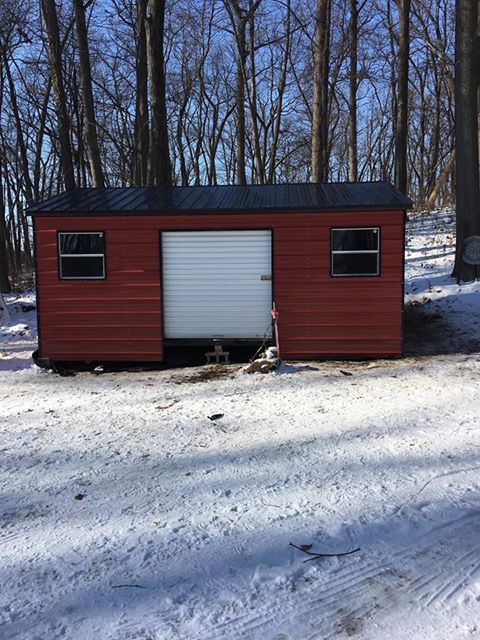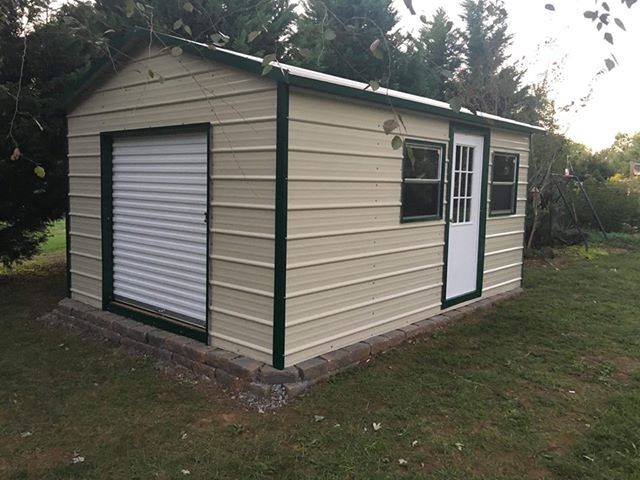
Preparing a storage shed for winter is essential for protecting the items stored inside from cold weather and potential water damage. Moreover, taking the time to prepare your shed properly in winter will prolong its life span. Here are some steps to do this:
Clean and repair the shed: Before preparing the storage shed for winter, it is good to clean out any dirt and debris. Check for any damage that needs to be repaired, and ensure that all doors and windows are secure.
Insulate the shed: Installing insulation in a storage shed can remain it warm during winter. Also, this step prevents moisture and cold air from entering the structure, leading to freezing stored items. What’s more, insulation can also help to
- Keep pests out of the shed, such as mice or other rodents.
- Save money in the long run as it helps to reduce heat loss, thus making your home more energy efficient.
- And make the shed more comfortable to use during colder months.
Weatherproof the shed: Completing this will protect the shed from rain, snow, and wind-driven moisture that can damage stored items. Weatherproofing involves
- caulking around windows and doors
- applying a sealant or paint to the exterior walls
- and adding weatherstripping
Securely store items: Properly secure and organize your items in the shed. It is a must to prevent damage during winter storms or extreme temperatures. Moreover, this makes it easier to get the stored items when needed.
Make sure the shed is conveniently accessible: If the storage shed is challenging to access due to snow and ice, it can become a safety hazard. Thus, clear any snow and ice away from the shed’s entrance.
Add lighting: It is ideal for providing safety and convenience whenever you get stored items. A well-lighted shed also prevents accidental trips or falls.
Add ventilation: Adequate ventilation prevents condensation and mold from developing inside the shed during winter. Achieve this by adding vents or a fan to provide fresh air circulation.
Here are ways to secure proper ventilation for your shed:
- Determine how much space needs to be ventilated.
- Select the appropriate ventilation system based on your shed size and your budget.
- Install the chosen ventilation device according to the manufacturer’s instructions. But also consider minor adjustments depending on your shed’s location or case.
- Check if the vent is open and unobstructed to ensure proper air circulation.
- Inspect all ventilation equipment regularly to ensure it is functioning and provides adequate airflow.
Cover windows and doors: To prevent cold air from entering the shed, cover any windows and doors with plastic sheeting or other materials that can provide insulation during cold weather. This step will also help to keep out pests.
Monitor the shed overall: Regularly check on the shed throughout winter to ensure that all doors and windows are secure, no damage has occurred, and stored items remain safe. It further averts damage caused by weather elements or other external factors.

Taking the time to prepare your shed for winter will save you from potential headaches. And following the steps above can help to maintain your shed in good condition during winter. Additionally, consider getting assistance from professionals for insulation and ventilation. It doesn’t only offer convenience but also guarantees that the installation is correct.
